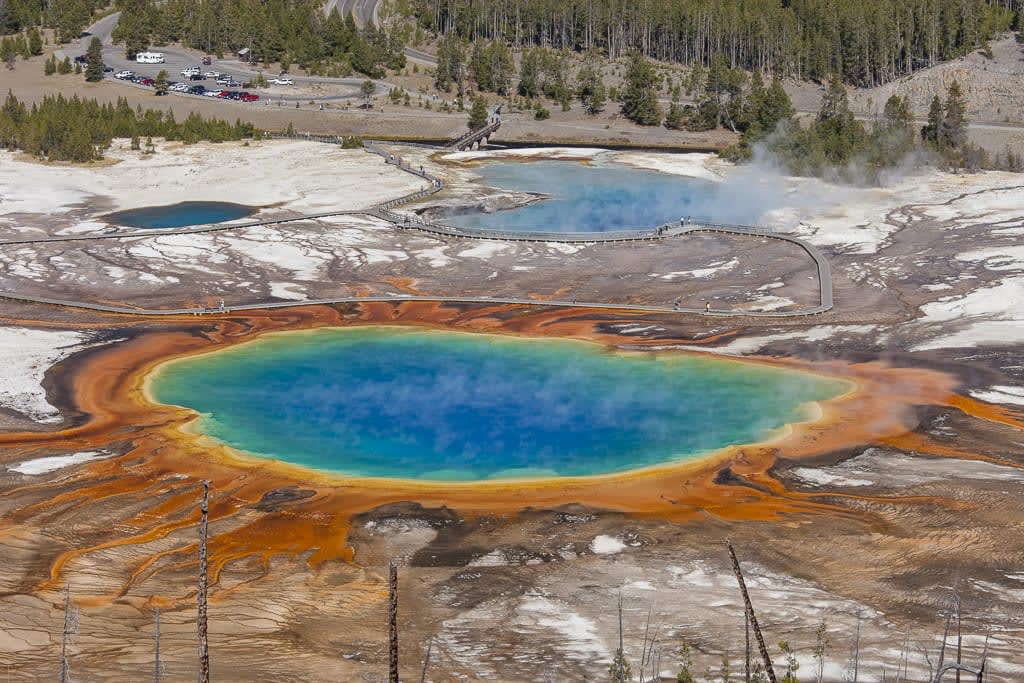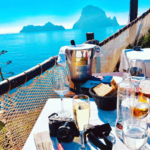Yellowstone National Park is a year-round destination, but each season offers a unique experience. Knowing when to visit based on what you want to see and do can help you get the most out of your trip. Here’s a month-by-month look at Yellowstone’s seasonal highlights and why timing matters.
Spring (April to June)
Spring is a season of renewal in Yellowstone. Snow begins to melt, revealing lush meadows dotted with wildflowers. It’s also a prime time to witness wildlife births—elk calves, bison calves, and wolf pups start appearing. Migratory birds return, filling the park with song.
Roads start to reopen in April and May, but some areas may remain closed due to snow. Spring is a quieter time, so you’ll avoid summer crowds, but be prepared for muddy trails and chilly weather.
Summer (July to August)
Summer is peak season and the best time for full access to all park areas. The weather is warmest—perfect for hiking, fishing, and camping. Wildflowers bloom in vibrant colors, and the days are long.
However, summer means crowds, especially around popular sites like Old Faithful. Wildlife is active but can be harder to spot during the heat of the day. Early mornings and evenings are best for animal watching.
Fall (September to October)
Fall in Yellowstone brings cooler temperatures and fewer visitors. The park’s forests turn golden and crimson, creating breathtaking scenery. Wildlife activity increases as animals prepare for winter—elk rutting (mating) season is a particularly fascinating spectacle, with bulls bugling to attract mates.
Fall also offers excellent opportunities for photography, with dramatic light and changing landscapes. Keep in mind that some facilities and roads start closing by late October.
Winter (November to March)
Winter transforms Yellowstone into a snowy wonderland. Many roads close to cars, but guided snowmobile and snowcoach tours offer unique access to geysers and wildlife in a peaceful, quiet setting. Bison, elk, and wolves adapt well to winter and can be seen against the snow-covered backdrop.
Winter visits require more preparation due to harsh weather and limited services, but for those seeking solitude and a true wilderness experience, it’s magical.
Why Seasonal Highlights Matter
Understanding the seasonal changes helps you tailor your visit to your interests:
- Wildlife Viewing: Best in spring and fall during migration and mating seasons.
- Geothermal Features: Visible year-round, but winter offers dramatic steam plumes against snow.
- Wildflowers: Peak bloom occurs in late spring and early summer.
- Crowds: Summer is busiest; spring and fall are quieter.
- Accessibility: Summer offers full access; winter requires special tours.
Final Tips for Seasonal Planning
- Check current park conditions and weather before traveling.
- Pack season-appropriate clothing and gear.
- Make reservations early, especially for summer and winter tours.
- Consider what experiences matter most to you—wildlife, hiking, photography, or solitude.
By choosing the right time to visit Yellowstone, you’ll create memories that last a lifetime. We recommend  .
.



